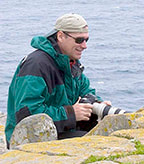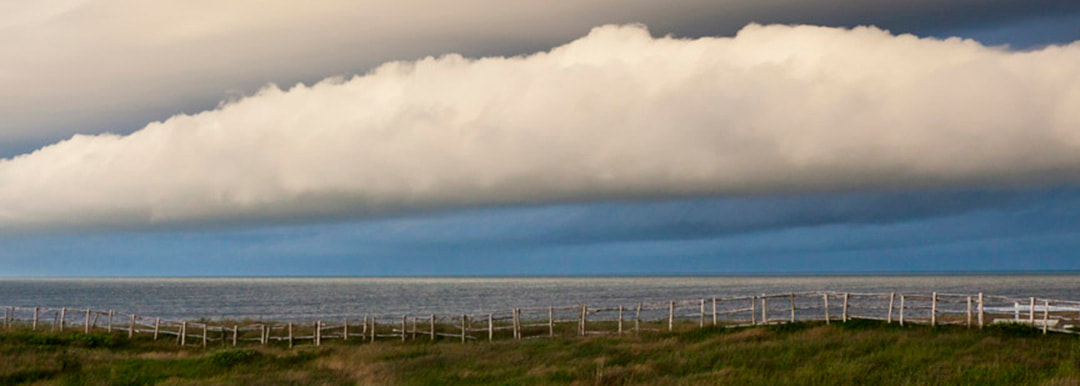
I am very fortunate to have been able to travel the world doing what I love for a living. Photography is both my passion and my profession. It has taken me from the Arctic to the sub-Antarctic and countless places in between. When I chose Newfoundland as the location for my photography workshops many people asked me why I chose this place. I think because I have travelled so extensively, it made me appreciate how unique and special a place Newfoundland really is.
In the November-December 2010 issue of National Geographic Traveler, Newfoundland’s Avalon Peninsula earned the top score in the article, “99 Coastal Destinations.” In this article Jay Walljasper writes, “Visiting the Avalon Peninsula, with its close-knit communities and strong local culture reflected in the music and arts, is like going back in time,” says Ross Klein, a professor at Memorial University of Newfoundland. “The unspoiled scenery ranges from stark moonscapes to crystal-clear lakes to open land where caribou roam.” A particular standout: Cape St. Mary’s Ecological Reserve, an ornithological Eden where more than 60,000 gannets, gulls, kittiwakes, razorbills, and guillemots roost atop a 300-foot-high rock emerging from the sea."
Newfoundland offers incredible diversity in landscape and wildlife. It is truly a nature photographer’s dream location. Add to that the friendly people of Newfoundland and you have a truly remarkable and rare mix. You can be photographing icebergs in the morning, and puffins or gannets in the afternoon. The list of possible photographic opportunities is astounding. It was for this reason that I chose Newfoundland as the location for my photography workshops.
In the November-December 2010 issue of National Geographic Traveler, Newfoundland’s Avalon Peninsula earned the top score in the article, “99 Coastal Destinations.” In this article Jay Walljasper writes, “Visiting the Avalon Peninsula, with its close-knit communities and strong local culture reflected in the music and arts, is like going back in time,” says Ross Klein, a professor at Memorial University of Newfoundland. “The unspoiled scenery ranges from stark moonscapes to crystal-clear lakes to open land where caribou roam.” A particular standout: Cape St. Mary’s Ecological Reserve, an ornithological Eden where more than 60,000 gannets, gulls, kittiwakes, razorbills, and guillemots roost atop a 300-foot-high rock emerging from the sea."
Newfoundland offers incredible diversity in landscape and wildlife. It is truly a nature photographer’s dream location. Add to that the friendly people of Newfoundland and you have a truly remarkable and rare mix. You can be photographing icebergs in the morning, and puffins or gannets in the afternoon. The list of possible photographic opportunities is astounding. It was for this reason that I chose Newfoundland as the location for my photography workshops.
